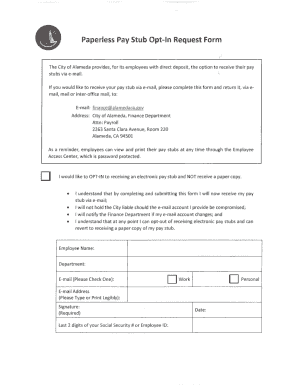

Transactions over the ACH network come from several sources, including direct deposits for payroll, IRS tax refunds, pension benefits, child-support disbursements direct payments for insurance premiums, utility bills, tuition, subscriptions/memberships, and mortgage and other loan payments transactions via ACH debit cards, such as those being developed by large supermarket chains P2P payments such as PayPal and more. The number of ACH payments grew from 10.5 billion to 18.1 billion from 2004 to 2007, or by 20 percent year over year. Second in percentage growth to PIN debit card transactions were ACH transactions. The total dollar value rose from $204.3 billion to $348.6 billion during the same period, a year-over-year increase of 19.5 percent.

PIN debit payments rose from 5.3 billion transactions in 2003 to 9.4 billion in 2006, a growth rate of 20.6 percent. 3Īmong core electronic payments, PIN debit cards accounted for the most significant percentage growth in terms of both the number of transactions and total dollar value. The primary sources for the information studied are major credit card industry associations and processors Electronic Funds Transfer (EFT) networks (which link automated teller machines and point-of-sale debit card acceptance devices to accounts at depository institutions) federal government agencies and other entities that can provide accurate and reliable data on electronic payments originated in the United States. The core electronic payments category consists of general-purpose credit cards, private label credit cards, Personal Identification Number (PIN) debit cards, signature debit cards, ACH, Electronic Benefits Transfer (EBT) cards, and emerging payment technologies.

Those trends are detailed below, grouped by payment technology. Yet, despite these specific differences, there are strong overall trends that illustrate the average consumer's shift away from the use of cash and checks. Adoption of cash substitutes can also vary geographically. Payment preference also varies by ethnicity – the Latino population, for instance, is more likely to use cash than other population segments. For instance, age is a strong predictor of payment instrument preference, as younger consumers are less likely to use cash. 2 When the most common form of prepaid transactions are included, total electronic payments for 2006 rose to 65.8 billion transactions.Īnother interesting observation, though not discussed in the report, is how different segments of the population use non-cash payment methods.

The report found that core electronic payments grew from 44.1 billion transactions in 2003 to 62.7 billion in 2006, which amounts to a compound annual growth rate of 12.4 percent during that period. The study also looked at emerging payment technologies, including online bill payment and person-to-person (P2P) payments such as PayPal, the latter of which are charged to a credit card or routed through the Automated Clearing House (ACH) network. The report on electronic payments instruments examined two main components – "core" electronic payment instruments and prepaid cards such as gift cards. This Economic Brief examines the results of the most recent studies which were published in 2007. 1 This project has provided a much clearer and up-to-date picture of changing payments practices of households and businesses than previously existed. As a result, in 2001 the Federal Reserve System began the Retail Payments Research Project to estimate, among other things, the annual number and value of alternative retail payments in the United States. Increasingly, consumers and businesses are turning to electronic and other non-cash forms of payments, like debit cards. Recent studies shed greater light on the forms these payments are taking - and why checks still serve a vital function for certain transactions. The use of electronic payment methods has increased rapidly over the last decade.


 0 kommentar(er)
0 kommentar(er)
